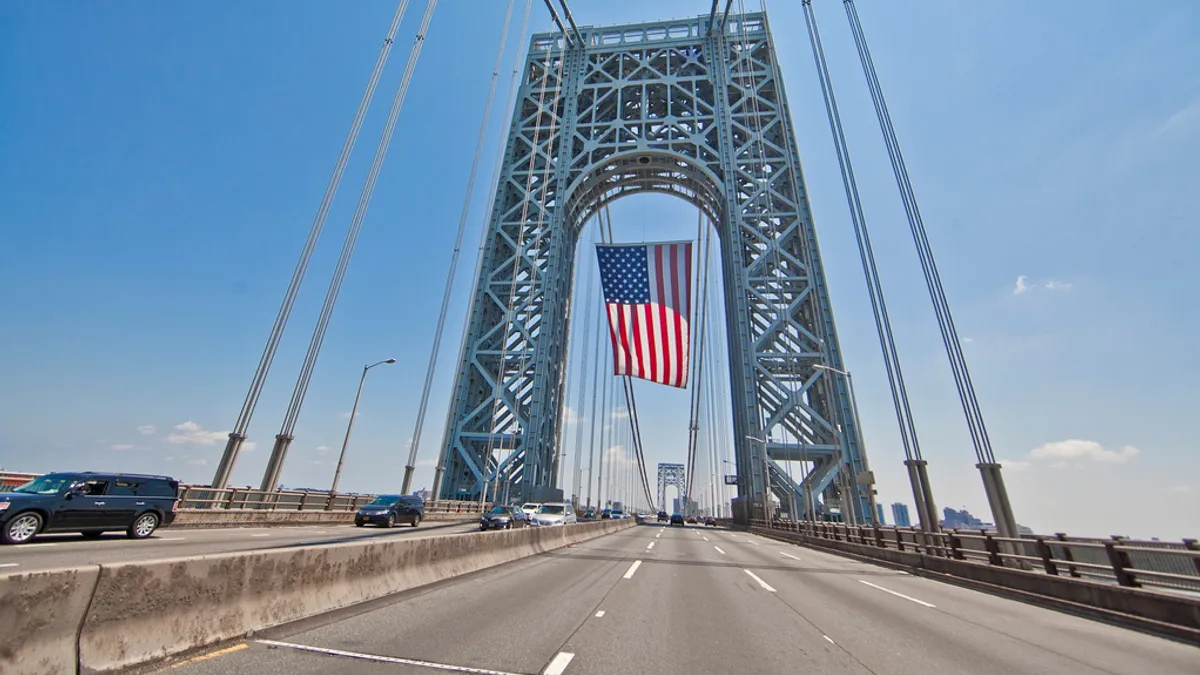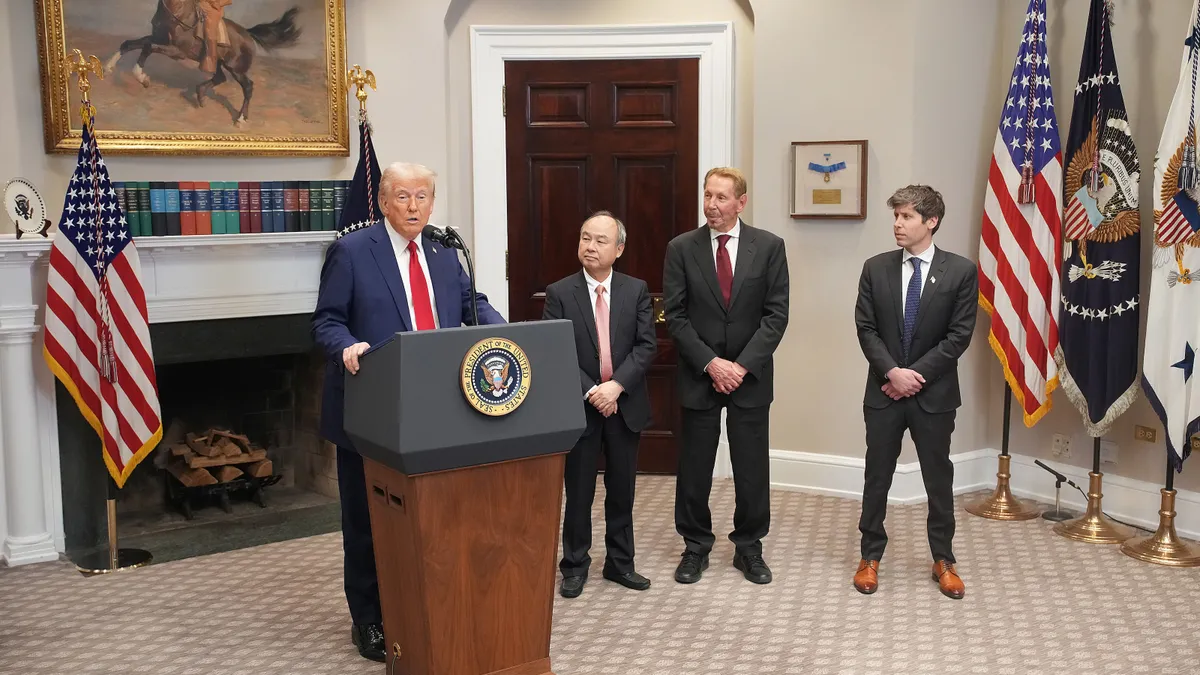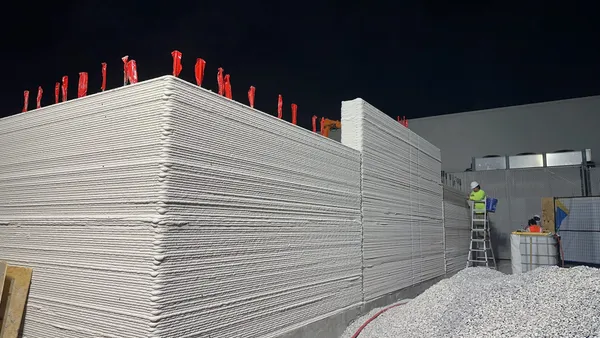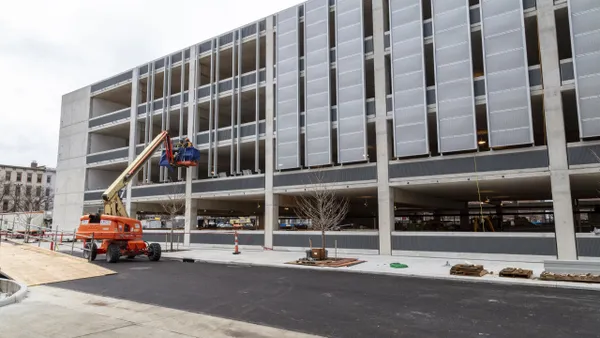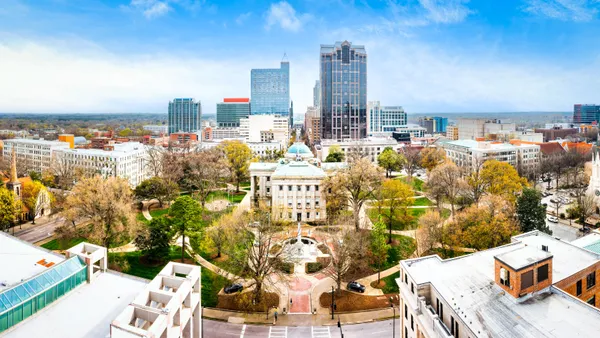Dive Brief:
- President Donald Trump signed a bipartisan spending bill early Friday morning paving the way for a $20 billion infrastructure investment, in addition to nearly $90 billion for post-disaster relief and rebuilding, according to The Washington Post. The announcement comes just days before the Trump administration is expected to release additional details of its infrastructure plan.
- Lawmakers have allocated money for existing water and energy infrastructure projects and new rural initiatives like broadband, Vox reported. The Senate also earmarked funds to help in the post-hurricane and wildfire recovery, including $23.5 billion for Federal Emergency Management Agency (FEMA) programs; $28 billion for housing and infrastructure block grants and $2 billion for power grid improvements in the U.S. Virgin Islands and Puerto Rico. Approximately 40% of Puerto Ricans are still without power after Hurricane Maria devastated the island back in September.
- Protests in the Senate caused a late vote on the bill, leading to five-hour shutdown of the federal government, which ended with the House's passage of the bill early Friday morning.
Dive Insight:
In his State of the Union speech last month, the president dropped a few hints about what his infrastructure program would entail. Since the campaign trail, there have been few details of what that program will ultimately look like, but documents leaked last month to Axios provide a glimpse into what the Trump administration might have in mind.
Of the $200 billion federal contribution to the $1.5 trillion plan, 50% of the money would go to states, local governments and other agencies that can pull together the bulk of project financing on their own. Another 10% would go toward "innovative and transformative projects," with another 25% for rural infrastructure programs and the rest toward financing initiatives.
According to The Hill, the White House issued a preliminary media fact sheet about the plan that aligns with the leaked documents.
Gathering enough funding to finance a significant portion of their infrastructure projects could prove difficult for some agencies, which will likely be left to look to outside private financing or risk constituent backlash by raising taxes or tolls. One project that might have to figure out quick alternatives to federal grants is the $13 billion New York-New Jersey Hudson River Tunnel replacement. Project officials said the Obama administration committed to paying for 50% of the project, but the Federal Transit Administration, now working under a Trump presidency, denied there was such an arrangement.


